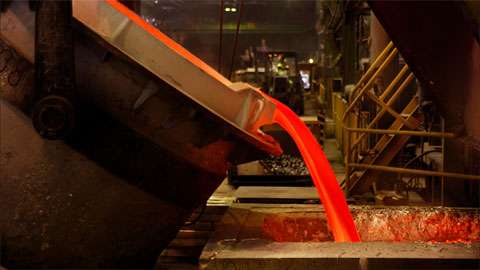Scientists created nanopowders for the synthesis of new aluminum alloys

The research team of Siberian Federal University, together with the scientists of the Krasnoyarsk Scientific Center of the SB RAS, has developed a method for the synthesis of aluminum alloys, the use of which will allow the creation of new types of products with improved characteristics based on aluminum. The results of the research were published in the journals Physics of the Solid State, Vacuum and Journal of Superconductivity and Novel Magnetism.
The authors of the project say that using this technology, they produced special nanopowders to be used as modifying additives in the production of aluminum alloys. This method will significantly improve the operational properties of foundry products, and reduce the energy costs for its final processing.
Igor Karpov, head of the laboratories of the UNESCO Science and Education Center "New Materials and Technologies" of SibFU, says that aluminum and iron obtained using the technology can be widely used in engineering.
"The technology of processing aluminum with the use of nanopowders opens up the fundamentally new opportunities for the production of composite materials with improved operating characteristics," says Igor Karpov. "The main consumers of the developed technology are the enterprises of metallurgy and machinery, specializing in the production of cast products from aluminum alloys."
Provided by Siberian Federal University


















